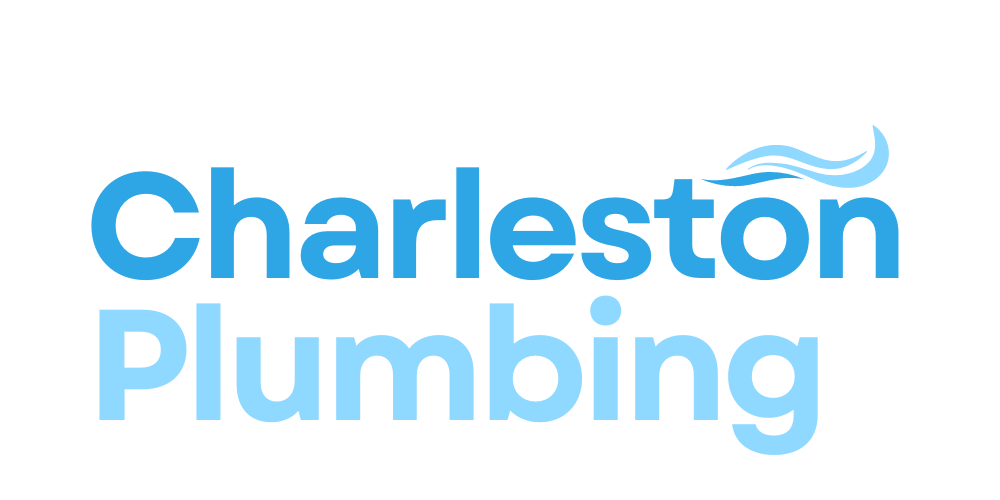Slab leaks are a homeowner’s nightmare that can lead to significant property damage and financial stress if not detected and addressed promptly. These leaks occur when water pipes beneath the concrete foundation of a building develop leaks, causing water to seep into the surrounding soil and potentially compromise the foundation’s stability. In this in-depth article, we will explore the various methods and signs of detecting slab leaks, their causes, and the steps to take if you suspect a slab leak in your property.
Table of Contents
- Understanding Slab Leaks
- Definition and Causes
- Potential Risks and Consequences
- Signs of a Slab Leak
- Unexplained Increase in Water Bills
- Hot Spots on Floors
- Damp or Discolored Flooring
- Sound of Running Water
- Mold Growth and Musty Odors
- Detecting Slab Leaks: Methods and Techniques
- Visual Inspection
- Pressure Tests
- Acoustic Leak Detection
- Thermal Imaging
- Soil Moisture Testing
- Professional Help and DIY Assessment
- When to Call a Professional
- Initial Steps for Homeowners
- Confirming a Slab Leak
- Isolating the Source
- Using Flow Meters
- Video Camera Inspection
- Repairing Slab Leaks
- Traditional Excavation
- Trenchless Repair Methods
- Repiping Options
- Preventing Future Slab Leaks
- Regular Plumbing Maintenance
- Monitoring Water Pressure
- Installing a Water Softener
- Insurance Coverage and Claims
- Understanding Coverage
- Filing an Insurance Claim
- Conclusion
- Importance of Timely Detection
- Maintenance for Long-term Property Health
Understanding Slab Leaks
Slab leaks often occur due to the corrosion of pipes, shifting soil, or poor construction practices. The pressure from a leaking pipe can cause the surrounding concrete to crack and even compromise the structural integrity of the building. The longer a slab leak goes undetected, the more damage it can cause, leading to costly repairs.
Signs of a Slab Leak
Detecting a slab leak in its early stages can save you from extensive repairs and water damage. Signs to look for include a sudden spike in water bills, unexplained warm spots on the floor (indicating a hot water leak), visible dampness or discoloration in flooring materials, sounds of running water when no fixtures are on, and the presence of mold and musty odors.
Detecting Slab Leaks: Methods and Techniques
Various methods can be employed to detect slab leaks, depending on the circumstances. Visual inspection involves looking for visible signs of water damage, such as wet spots or cracks on the floor. Pressure tests involve increasing pressure in the water lines to identify any drop in pressure that might indicate a leak. Acoustic leak detection uses sensitive equipment to listen for the sound of water escaping from pipes. Thermal imaging and soil moisture testing are advanced methods that require specialized tools.
Professional Help and DIY Assessment
Homeowners can perform initial assessments to confirm the possibility of a slab leak, but it’s crucial to involve professionals for a thorough inspection. If you notice any signs of a slab leak, such as unexplained water puddles or higher-than-normal water bills, it’s wise to consult a plumbing expert.
Confirming a Slab Leak
Professional plumbers employ techniques like isolating the water supply, using flow meters to measure flow variations, and using video cameras to visually inspect the pipes for leaks. These methods help pinpoint the exact location of the leak, aiding in efficient repairs.
Repairing Slab Leaks
Traditional excavation involves breaking through the concrete slab to access and repair the damaged pipes. Trenchless repair methods, such as pipe relining or pipe bursting, offer less invasive alternatives. The best approach depends on the extent of the damage and the condition of the pipes.
Preventing Future Slab Leaks
Regular plumbing maintenance, monitoring water pressure, and installing a water softener can significantly reduce the risk of future slab leaks. Preventive measures help maintain the integrity of your plumbing system and extend its lifespan.
Insurance Coverage and Claims
Understanding your homeowner’s insurance policy is crucial in case a slab leak occurs. Some policies might cover the repair costs, while others may not. It’s essential to know your coverage and take the necessary steps to file a claim if needed.
Conclusion
Slab leaks can wreak havoc on your property and finances if left unchecked. Early detection through vigilant observation and professional assessments is key to minimizing damage and repair costs. By understanding the signs, detection methods, and repair options, homeowners can take proactive steps to maintain the health and longevity of their properties.
Remember, if you suspect a slab leak, don’t hesitate to consult a qualified plumbing professional to ensure a timely and effective resolution. Your property’s structural integrity and your peace of mind are at stake.

Leave a Reply